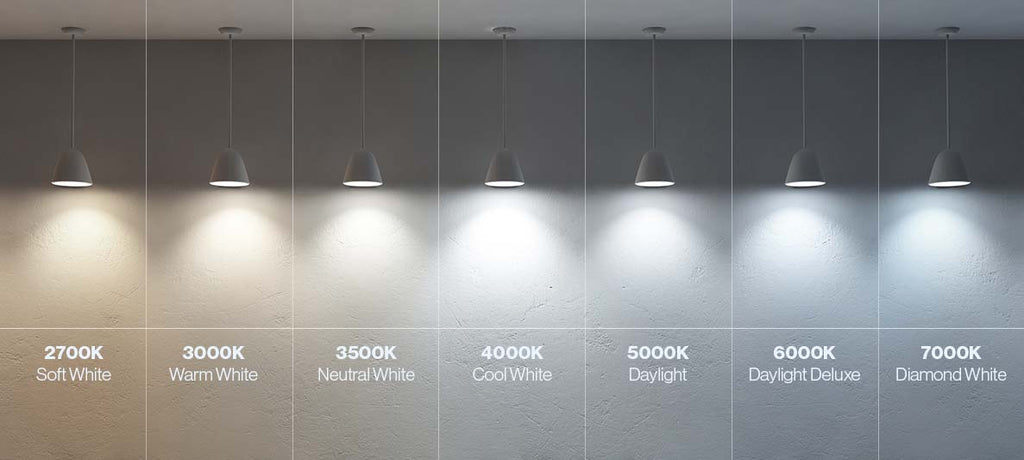Super Bowl Sunday and the History of Stadium Lighting
Along with 200 million Americans, I’ll be tuning in to watch Super Bowl LIX on Sunday. And while this is mostly because I bleed green like every other Philly-born sports fanatic, at the end of the day, it’s all about the bloggable possibilities. What better time to dive into the history of lighting in professional sports than during the most watched sporting event of the year?

The Early Days
In 1967, NBC and CBS simulcast the first Super Bowl between the Kansas City Chiefs and Green Bay Packers, but back then it wasn’t called the Super Bowl. It was tentatively noted as the AFL-NFL World Championship Game. The broadcast was said to have given viewers “a sense of the game”, but lacked elements that are now an afterthought, such as a visible scoreboard, a well-lit playing field, and even the famed halftime show.
However, the NFL had been using industrial floodlights about a hundred years ago, long before the first “Super Bowl”, with the first installed on a stadium field in 1929. These old lights were so poorly designed that the football needed to be painted white in order to be visible to fans and players alike.

Funnily enough, the real kick-start to developing better stadium lights was the Great Depression. Major League Baseball and other national sports leagues were struggling to make ends meet. One thing that made it even more challenging was the fact that all of their games had to be played during the day, making it impossible for working people to attend them.
To save his team from bankruptcy, Kansas City Monarchs owner, J.L. Wilkerson, decided to start playing games at night so that more fans could attend. He lit the baseball diamond using six 50-foot-tall floodlights with tungsten-filament incandescent bulbs. By doing this, he tripled the attendance at his games that season. Soon after, the rest of the sports leagues followed suit. By the 1930s, incandescent lighting revolutionized stadiums with brighter, more stable illumination. This innovation allowed for night games to become a regular feature in professional sports.
The Rise of HID Lamps
By the 1960s, high-intensity discharge (HID) lamps, particularly metal halide lights, became the standard for stadiums. These lights offered better energy efficiency and color rendering compared to incandescent bulbs. However, they had drawbacks like slow warm-up times and frequent maintenance needs. These drawbacks were visible during Super Bowl 2013, when there was a 34-minute outage. The New Orleans Superdome (which as it turns out, is where Superbowl LIX will be held) was still using metal halide lights, a type of HID lamp, as its main overhead lighting in the arena. After the power outage during the Super Bowl, it took several minutes for power to be restored and then even more time for the lights to restrike or achieve full brightness after being extinguished. Because of the way the lamps work, restrike times are often longer than initial warm-up times and can take 5-20 minutes to achieve 90% brightness.

The LED Revolution
But then everything changed when LED lighting brought a seismic shift in stadium illumination during the late 2010s. While LEDs had been around on a residential scale for a while, updating full stadiums took a bit more time. In fact, it wasn’t until 2012, during renovations to the Oncenter War Memorial Stadium that LEDs started to be seen in larger sporting arenas.
Shortly after, in 2015, Super Bowl XLIX made history as the first ever NFL event illuminated by LED, held at the University of Phoenix Stadium. The project replaced 780 conventional metal halide lights with 312 LED lighting products. Since then, the NFL has been upgrading most of their stadiums, as the newer design brings about all kinds of exciting developments, and leaves those giant, overheating metal towers far behind them.
One of the most prominent and noticeable changes since stadium upgrades has been the level of control that LED lights allow. Prior to 2015, it was impossible to use the metal halide lamps to generate the spectacles that we can see today during games and performances, such as the halftime show. Metal-halide lamps take minutes to get up to temperature, and once turned off, often take minutes to re-strike. Now, as the old fixtures are being replaced with efficient and controllable LEDs, stadiums are slowly realizing the added value that can be had by utilizing advanced control systems.

Super Bowl Spotlight
The Super Bowl has always been a showcase for cutting-edge lighting technology, either through the event itself or by way of the halftime show. Recent games have featured advanced LED systems and screens that not only light up the field but also create immersive experiences for fans. For example, the LEDs at New Orleans’ Caesars Superdome consume 49% less energy than traditional systems while delivering stunning visual effects for both players and spectators. These systems enhance broadcast quality by improving color contrast and eliminating flicker during replays.

Looking Ahead: Eagles vs. Commanders in New Orleans
This year’s Super Bowl in New Orleans promises to continue this tradition of innovation. With state-of-the-art LED systems expected to illuminate the game between the Eagles and Commanders, you can anticipate a visually spectacular event. The lighting will not only enhance gameplay visibility but also elevate halftime performances with synchronized light shows and vibrant displays.
From humble beginnings to today’s dazzling displays, lighting has become an integral part of professional sports. As technology continues to advance, it will further enrich the fan experience while promoting sustainability through energy-efficient solutions. Also, Go birds.


